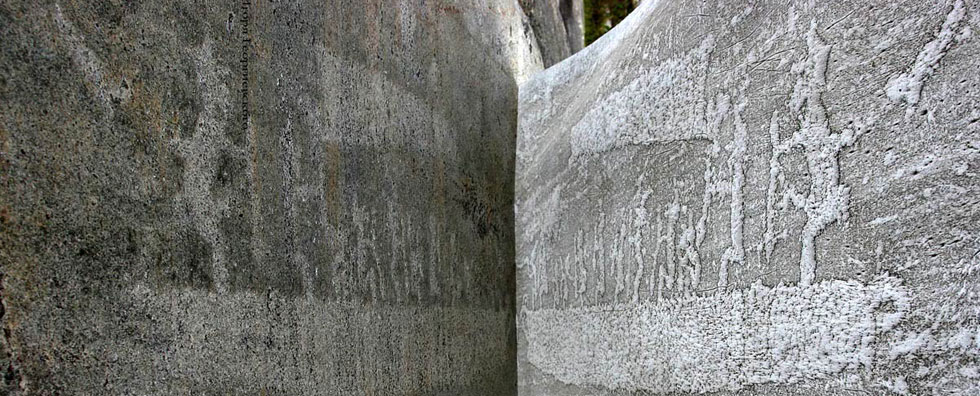Issue №1, Vol. 20Grafova E., Stepanov A., Syunev V., Katarov V. Increasing the environmental safety of the R-21 "Kola" road as a central element of the Karelian forest infrastructure // Resources and Technology. 2023. №1, Vol. 20. P. 112‒128.
DOI: 10.15393/j2.art.2023.6823
Increasing the environmental safety of the R-21 "Kola" road as a central element of the Karelian forest infrastructure
Grafova
Elena | Petrozavodsk State University, grafova.elena.karelia@gmail.com |
Stepanov
Artyom | Petrozavodsk State University, stepanov@petrsu.ru |
Syunev
Vladimir | Petrozavodsk State University, siounev@petrsu.ru |
Katarov
Vasiliy | Petrozavodsk State University, vkatarov@petrsu.ru |
Key words:
transport; traffic intensity; water bodies; sanitary protection zone; runoff from the road |
Summary: The article deals with the problem of water bodies’ pollution with surface rain and melts runoffs containing suspended solids and oil products from the roadway. The authors show that the R-21 "Kola" road located in the Republic of Karelia is a typical representative of the roads of this group. An analysis of the operating conditions of this transport highway showed that it not only serves as a transit corridor for other regions of Russia, but also represents a key element that links the enterprises of the forestry complex of the entire northwestern federal district into a single logistics chain. To reduce the negative impact on the water bodies adjacent to the highway the authors proposed wastewater disposal management to remove surface waters to gutters. These waters will be disposed down road slopes with their subsequent treatment in gravity hydraulic structures before final discharge into water bodies. The authors established the boundaries of water bodies crossed by the R-21 "Kola" highway by using geographic information systems. The number and size of water protection zones were determined and it was shown that these zones occurred every second kilometer on average. This number is not enough to ensure the environmental safety of the surrounding areas. The paper substantiates the need to organize additional complexes for surface waters diversion and treatment throughout the entire highway. The calculations performed by the authors to determine the flow of rain and melt water from existing sections of the road within the water protection zones allowed them to propose a method for drainage systems unification. The expediency of installing drainage gutters every 50–200 m was determined. This measure will ensure the diversion and treatment of surface runoffs with the required intensity of 0,6–1,9 l / s. An increase of the runoff collecting area might lead to uncontrolled overflow of gutters and overflow of polluted water onto the road slope without treatment thus negatively affecting the ecological state of roadside areas and adjacent water bodies.
|





